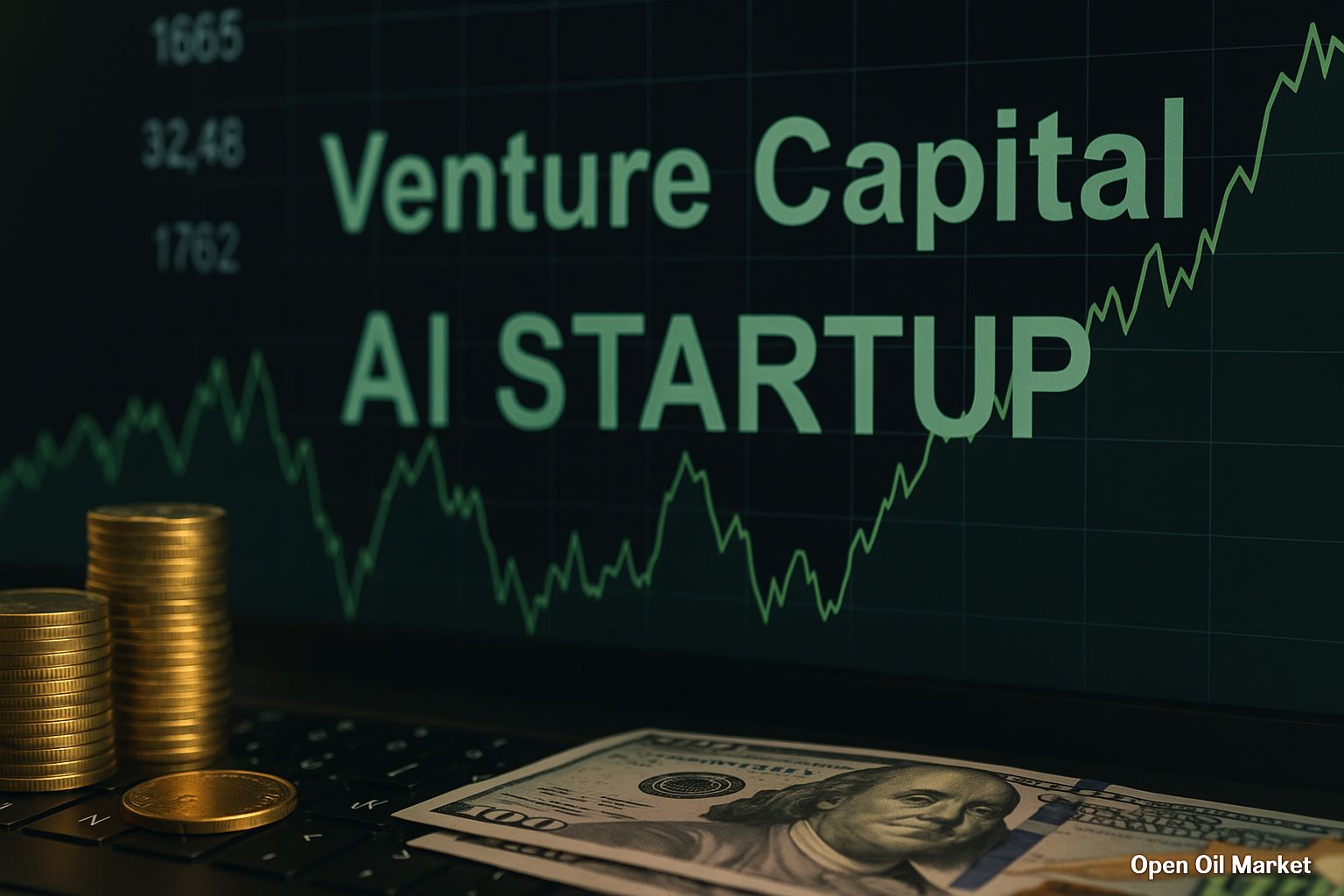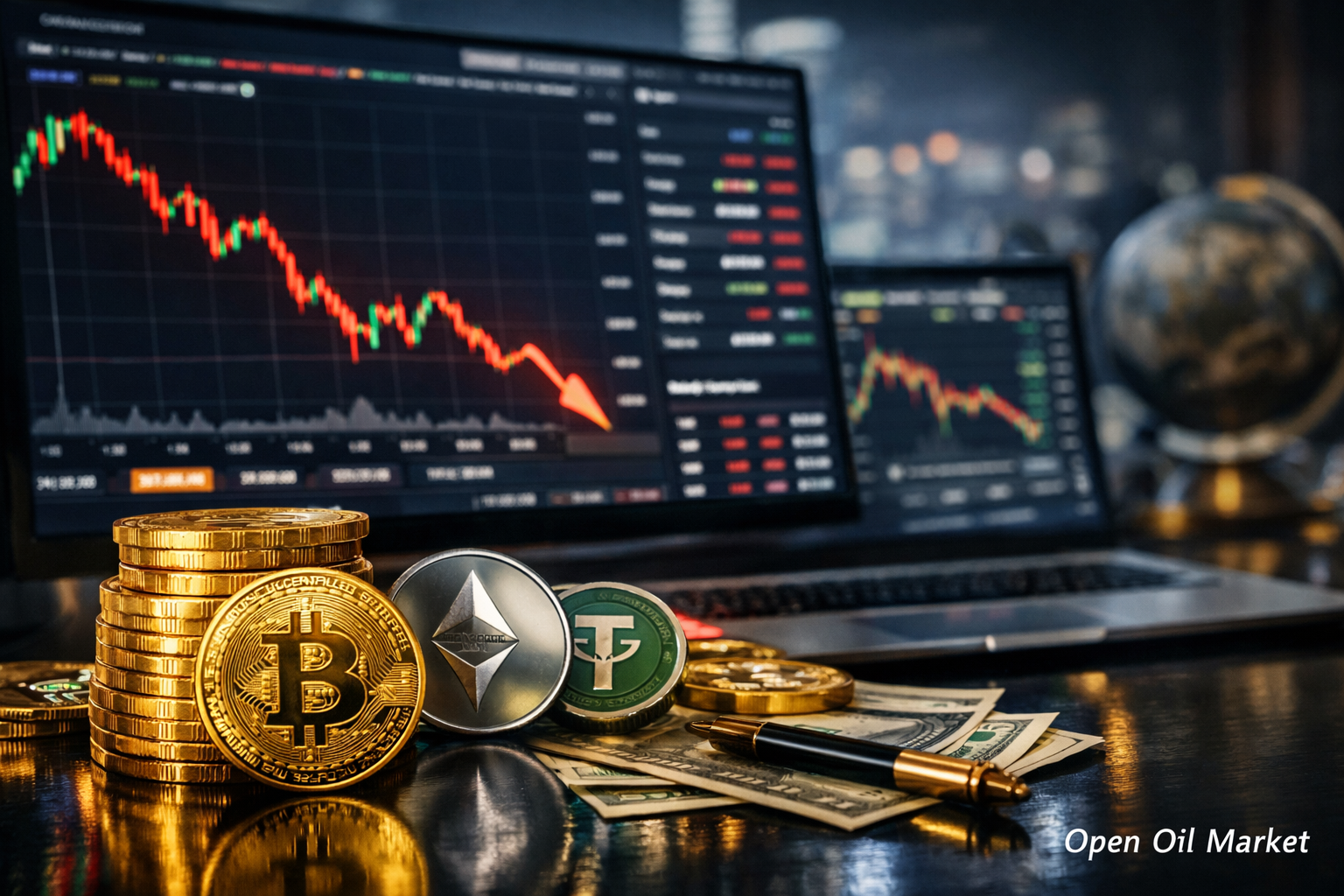
Major Investment Rounds in Startups Worldwide: Growth in AI Funding, the Return of Mega Funds, and a New Wave of IPOs by the End of 2025. A Detailed Overview for Venture Investors.
At the end of October 2025, the venture market is showing a strong revival. Investors are once again becoming active, pouring record amounts into promising tech startups, primarily in the artificial intelligence (AI) sector. After several years of relative caution, large funding rounds have returned: a number of companies have secured hundreds of millions and even billions of dollars in investments. Simultaneously, a new wave of IPOs is emerging, signaling that startups are once again ready to go public under improved conditions.
The Venture Market Revives by the End of 2025
According to industry analysts, the global volume of venture investments in the third quarter of 2025 reached approximately $97 billion—this is tens of percent higher than the previous year. Thus, the market demonstrated its best quarterly performance since 2021, with each of the last four quarters surpassing the $90 billion mark. Following the downturn of 2022–2023, startup funding has consistently increased for four consecutive reporting periods, indicating a resurgence of investor confidence. The primary contribution to this growth has come from mega-deals in the AI sector, but the revival is also noticeable at other stages, with later-stage investments showing significant year-on-year growth. Two-thirds of venture capital in the recent quarter went to startups from the US; however, activity is also being noticed in Europe, Asia, and other regions, reflecting the global nature of the resurgence.
Record Investments in AI Continue
The artificial intelligence sector remains the main magnet for venture capital in 2025. According to PitchBook estimates, since the beginning of the year, AI startups in the USA have attracted over $160 billion in investments, accounting for about two-thirds of all venture fund investments. By the end of the year, global investments in AI companies could exceed $200 billion—an unprecedented figure for the industry. The combined valuation of the ten largest AI startups (including OpenAI, Anthropic, xAI, and others) has approached $1 trillion. Investors attribute the excitement to AI's potential to radically increase efficiency across many sectors of the economy, opening multi-trillion dollar markets from software development automation to virtual assistants. Despite concerns about overheating and a potential "bubble," venture funds continue to actively invest in AI startups, eager not to miss out on the new technological revolution.
Major Rounds and New Unicorns
In recent weeks, several startups have announced major funding rounds, confirming the return of "big checks" to the market:
- Harvey (USA) — secured $150 million at a valuation of $8 billion to develop a legal AI platform (lead investor: Andreessen Horowitz).
- Synthesia (UK) — raised $200 million at a valuation of $4 billion to scale its AI video generation service (round led by GV, the venture arm of Alphabet).
- Fireworks AI (USA) — $250 million raised in Series C round (valuation around $4 billion) to enhance its AI platform in genomics and healthcare.
- Legora (Sweden) — $150 million (valuation $1.8 billion) to develop legal AI software; the startup was founded in 2023 and has become one of the new "unicorns" in Scandinavia.
- OpenAI — has raised approximately $40 billion in total funding from investors (including a mega-investment from SoftBank), making it the world's most valuable private company (~$500 billion valuation) and a potential candidate for a record IPO.
- Polymarket (USA) — the crypto platform secured $2 billion in October (valuation $9 billion) with participation from Intercontinental Exchange (ICE), becoming one of the largest rounds of the year outside the AI sector.
Capital Concentration: Mega Rounds in Focus
The rapid growth of investments is accompanied by a high concentration in a limited circle of companies. Approximately 70% of all investments in American startups in 2025 came from large rounds of $100 million and above—a record share, comparable only to the boom of 2021. Globally, this figure reached around 60%. Investors are increasingly making large bets on leaders: only 18 companies received one-third of all venture funding in the third quarter, each attracting $500 million or more. Primarily, the capital is concentrated around AI flagships: the eight largest AI players absorbed about 62% of the sector's investments this year. OpenAI alone, which received around $40 billion from SoftBank, accounted for a significant share of all mega-rounds. While late-stage investments thrive on record deals, funding for early-stage startups remains steady, although without a similar surge. Simultaneously, mergers and acquisitions (M&A) deals are reviving in the market, creating additional exit opportunities for investors and consolidating the industry.
The Return of Mega Funds and Investor Confidence
Simultaneously, "mega funds" are making a comeback—the major venture players are once again actively attracting capital for new investments. After a downturn in venture fundraising during 2022–2024, leading funds are resuming fundraising efforts, demonstrating confidence in market prospects. In October, Sequoia Capital announced the establishment of two new funds totaling $950 million (including $750 million for early-stage and $200 million for seed investments). The emergence of such funds indicates that startups will soon have more opportunities to secure funding, and large investors are preparing for the next wave of technological growth, having amassed significant "war chests" of capital.
The Resurgence of IPOs and Exit Prospects
Against the backdrop of rising valuations and an influx of capital, startups are once more eyeing public markets. After the lull of the past two years, a revival of IPOs as an exit path for venture investors is on the horizon. Insider information suggests that OpenAI is considering an IPO as early as 2026 with a potential valuation of up to $1 trillion—an unprecedented level for the tech sector. In the crypto industry, ConsenSys (the developer of the MetaMask wallet) has hired JPMorgan and Goldman Sachs to prepare its historic IPO planned for 2026—this will mark the first public exit of a large blockchain developer connected to the Ethereum ecosystem.
Earlier this year, some high-tech firms successfully went public, such as the stablecoin issuer Circle (valued at around $7 billion) and the crypto exchange Bullish, demonstrating a recovery in investor appetite for new placements. Improving market conditions and a gradual clarification of regulatory requirements (for example, the recent lifting of SEC claims against ConsenSys regarding its services) provide greater confidence for companies planning IPOs. Leading startups are beginning to see the public market as a real opportunity to attract capital and provide liquidity for investors, setting the trend for an increase in high-profile exits in the coming years.
Beyond AI: Healthcare, Climate, and Space
Despite the dominance of AI projects, significant funds are also being directed toward other high-tech areas. Healthcare and biotechnology attracted around $15–16 billion in venture capital in the third quarter—this is the third highest figure after AI and IT infrastructure. An example is the startup Fireworks AI, which secured $250 million to develop an AI platform for genomic medicine, advancing solutions at the intersection of technology and healthcare. Investors are also supporting climate and “green” projects: the Australian startup Uluu raised 16 million Australian dollars to develop biodegradable plastic from seaweed, while the Indian company Tsuyo Manufacturing obtained 40 million rupees to expand manufacturing of components for electric transportation. These deals may be smaller in scale, but they reflect a sustained interest from venture funds in sustainable development and eco-friendly technologies.
Additionally, attention is growing toward space and hardware startups. The Bulgarian company EnduroSat raised $104 million (with participation from Google Ventures, Lux Capital, and others) to scale the production of small satellites, responding to market demand for affordable space communications. Overall, "hard" deep tech is also on the rise: in 2025, major rounds were received by manufacturers of robotics, semiconductors, and quantum computing systems, cumulatively raising tens of billions of dollars. While investment volumes in these sectors lag behind the AI phenomenon, venture capital in 2025 is being distributed across a spectrum of innovations—from medicine and eco-tech to space—supporting a diversity of technological progress.
Crypto Startups Come Back into Play
After an extended downturn amid the "crypto winter," investors are once again showing interest in blockchain startups. In October, venture funding for crypto industry companies saw a significant rise: in just one week at the beginning of the month, approximately $3.2 billion was invested across 20 projects. The leader was the American project Polymarket, which secured a record $2 billion (valuation $9 billion) with the backing of the exchange operator ICE—one of the largest deals of the year outside the AI sector. Following that, the prediction platform Kalshi received $300 million (valuation $5 billion), confirming the market's readiness to invest in new financial technologies bridging traditional markets and cryptocurrencies.
Overall, infrastructural solutions for digital assets are also finding support from venture funds. For instance, the startup Hercle in the USA raised $60 million to develop stablecoin infrastructure, while several other projects secured funding to develop blockchain services for banks and businesses. Meanwhile, leading players in the crypto market are reaching a new level of maturity—the forthcoming IPO of ConsenSys, backed by major banks, signals a rapprochement between the crypto industry and Wall Street. The mitigation of regulatory uncertainty in the USA and rising interest from institutional investors (including participation from traditional financial giants in funding rounds) bolster the return of capital to the Web3 sphere.
Conclusion: Cautious Optimism
After a year of impressive deals and renewed growth, the market participants exhibit a cautiously optimistic outlook. On one hand, the unprecedented surge in valuations and funding volumes—especially in the AI segment—draws parallels with the dot-com bubble of twenty years ago. However, many venture capitalists note that such "bubbles" also have positive effects: they accumulate vast capital and talent in new directions, ultimately leading to technological breakthroughs, even if some projects inevitably fail. As the industry saying goes, one or two successful giants will compensate for dozens of failures.
As we approach 2026, venture investors worldwide are striving to find a balance between the desire not to miss the next technological revolution and a prudent assessment of risks. The startup market is undeniably revitalized: new records are being set, yet investors are becoming more selective, focusing on the most promising directions. The main intrigue remains whether the high expectations for the AI boom will be met and whether other sectors can narrow the gap in raised funds. For now, one thing is clear: the appetite for innovation is high again, and the venture ecosystem is entering a new year with a renewed charge of energy and capital.




